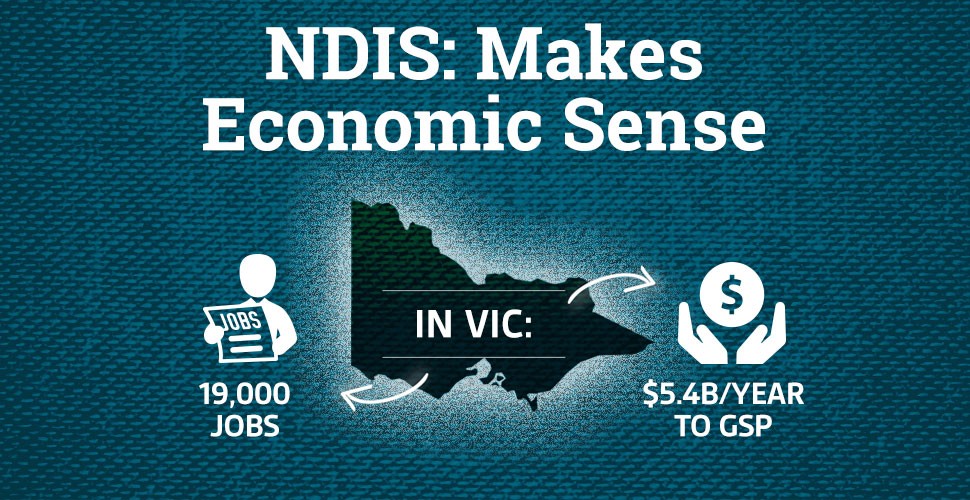NDIS dollars make sense for Victoria

We’ve modelled results from the biggest ever Australian Bureau of Statistics survey of people with disability and their carers to quantify exactly how the NDIS will benefit Victorians.
The report released today shows that in Victoria alone, the NDIS will:
- Support between 6,800 and 10,800 people with disability to find work
- Support approximately 8,300 carers to return to the workforce
- Create an employment boom with 15,000 – 19,000 new jobs as a consequence
- Create new jobs in the Victorian disability service sector
- Add up to $5.4 billion annually to Victoria’s Gross State Product
Those results show yet again that with the right support many thousands of carers and people with disability will be able to find meaningful work.
They’re powerful numbers and proof that the NDIS makes economic sense.
Every Australian Counts Campaign Director John Della Bosca said the new data shows the NDIS is far from being a budget blowout. Not only is it on budget, its potential economic benefits are huge.
“The NDIS is a socially and economically responsible scheme. It’s long been touted as the scheme whose time is now and it’s exciting to see the realities of the NDIS changing lives across Australia,” he said.
Victorian State Manager for National Disability Services David Moody agreed.
“The NDIS is a mammoth social change for Australia, one that we need to have. What’s so encouraging about this report is that it shows how financially smart the NDIS is too.”
The ABS data shows that when the NDIS is fully implemented it will add up to $22 billion to Australia’s national Gross Domestic Product.
Our team is busy analysing the results for each state and territory. You can read about the economic benefits for NSW here, and keep an eye on the Every Australian Counts website as the rest of the data from the rest of Australia comes in.

Join the conversation